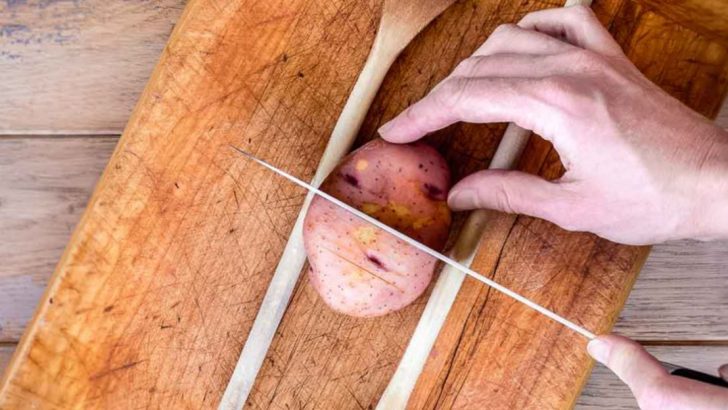Ever watched a pro chef slice through veggies like they’re butter? That mesmerizing knife work isn’t just for show—it’s the foundation of cooking mastery. Proper slicing techniques speed up prep time, ensure even cooking, and transform ordinary dishes into restaurant-worthy creations.
Ready to upgrade your kitchen skills?
1. The Classic Julienne
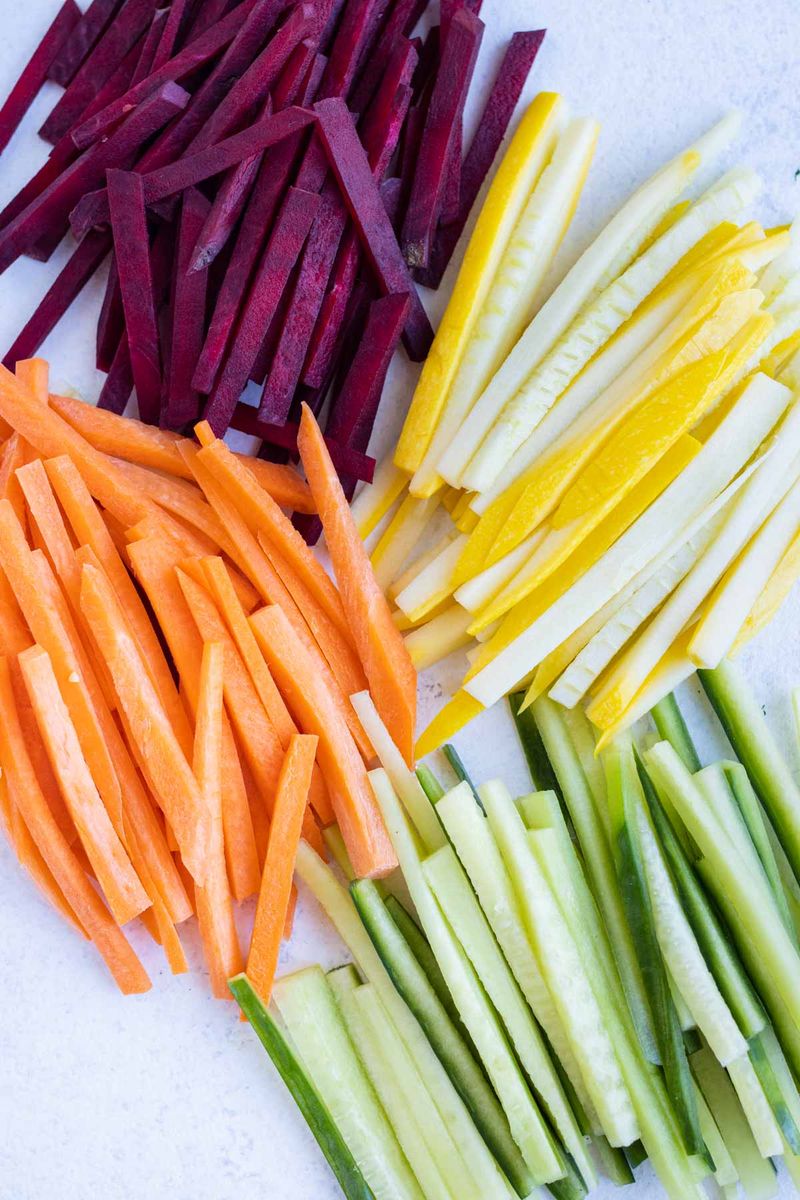
Matchstick magic at your fingertips! Julienne cuts transform vegetables into elegant, thin strips perfect for stir-fries and salads.
Start by squaring off your vegetable, then slice it into thin planks. Stack those planks and cut again lengthwise.
2. Brunoise Dicing
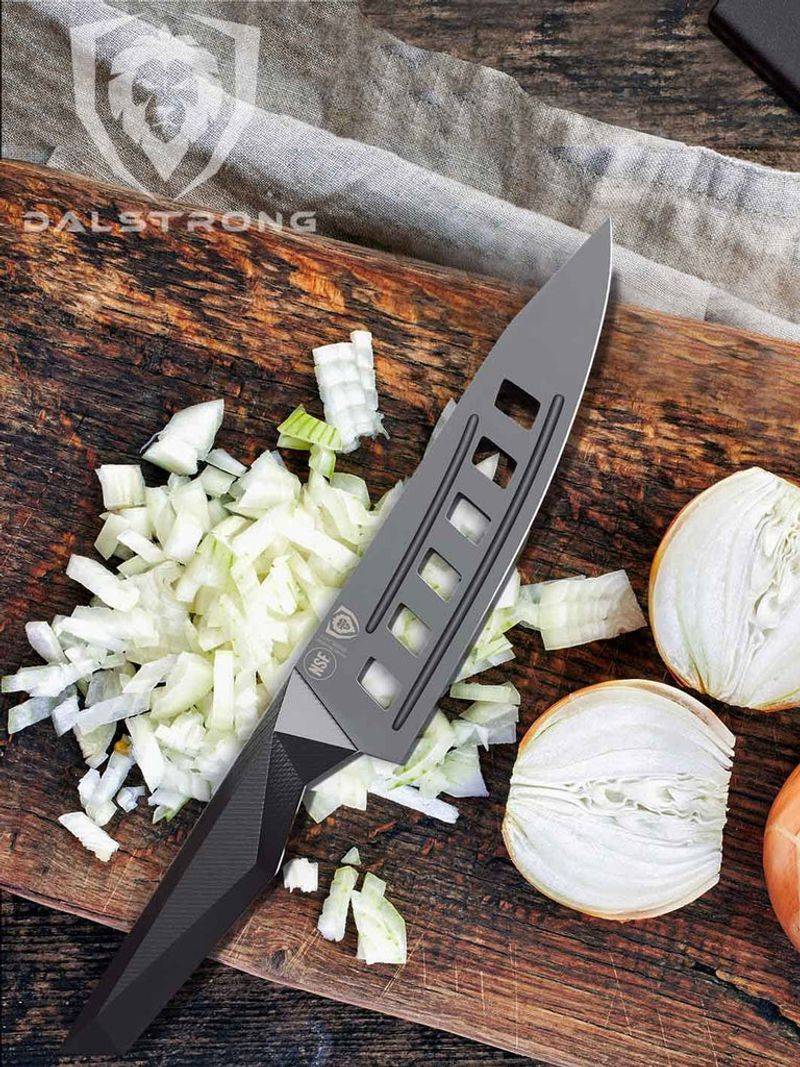
Tiny cubes, massive flavor impact! Brunoise (pronounced “broon-wahz”) is basically julienne strips cut crosswise into perfect tiny cubes.
The uniform 1/8-inch squares release flavor evenly and cook consistently. Professional chefs use this cut for soups and sauces where texture should be refined but ingredients still visible.
3. Chiffonade For Herbs

Roll, slice, sprinkle—instant elegance! Stack your leafy herbs, roll them into a tight cigar, then slice across to create delicate ribbons.
Good for basil, mint, and sage. The technique prevents bruising while maximizing the herbs’ aromatic oils. Your dishes will look Instagram-worthy.
4. Batonnet Cutting
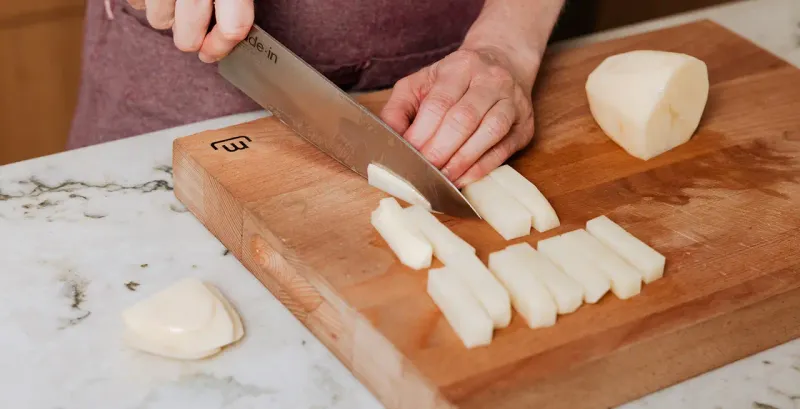
French for “little stick,” batonnet cuts are the beefier cousins of julienne. These quarter-inch thick sticks showcase your precision game.
Start with squared-off vegetables, then slice into planks and finally into sticks. Ideal for crudités, French fries, or any dish where you want substantial but elegant vegetable pieces.
5. Diagonal Bias Slicing
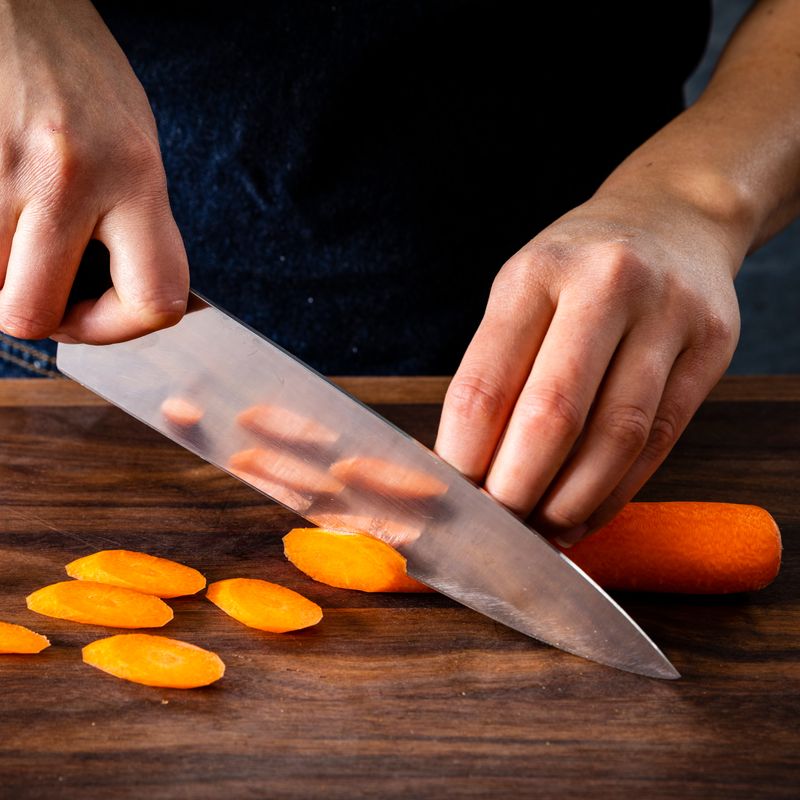
Angle your knife and watch the magic happen! Bias cuts increase the surface area of vegetables, allowing them to cook faster while looking fancy.
Hold your knife at a 45-degree angle to the vegetable and slice. This technique is for stir-fries where quick cooking preserves crispness.
6. Tourné Seven-Sided Cut
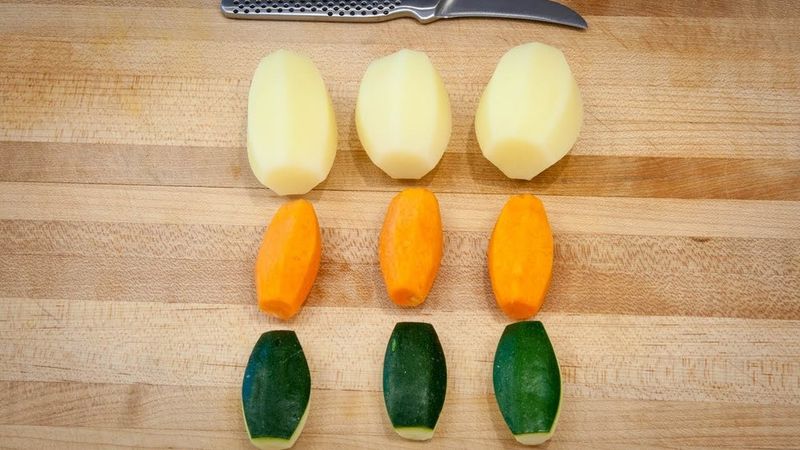
Football-shaped veggies? Yes, please!
This classic French technique creates seven-sided, oblong shapes that cook evenly and look ridiculously fancy. Using a paring knife, make seven lengthwise cuts around a vegetable. It’s challenging but impressive.
7. Rondelle Slicing
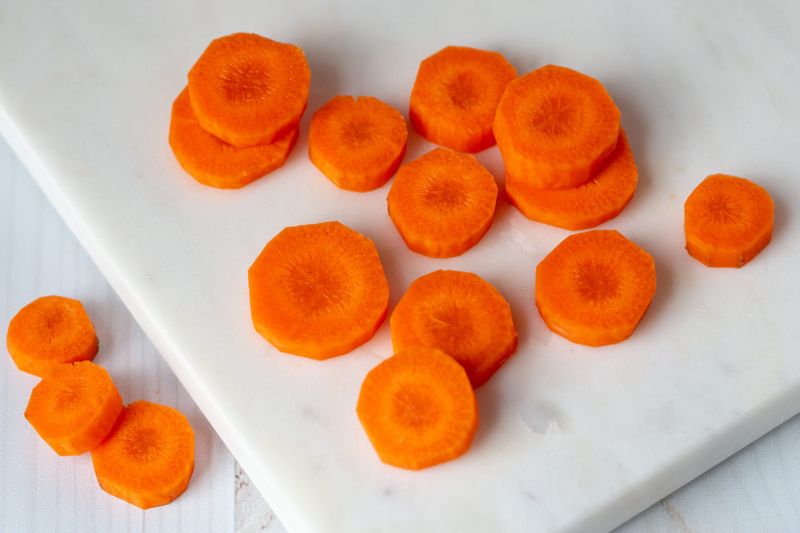
Round perfection in every slice! Rondelles are simple coin-shaped cuts that work beautifully for cylindrical vegetables like carrots, cucumbers, and zucchini.
Keep your knife perpendicular to the vegetable and aim for consistent thickness. The trick is maintaining even pressure throughout the cut.
8. Oblique Cutting
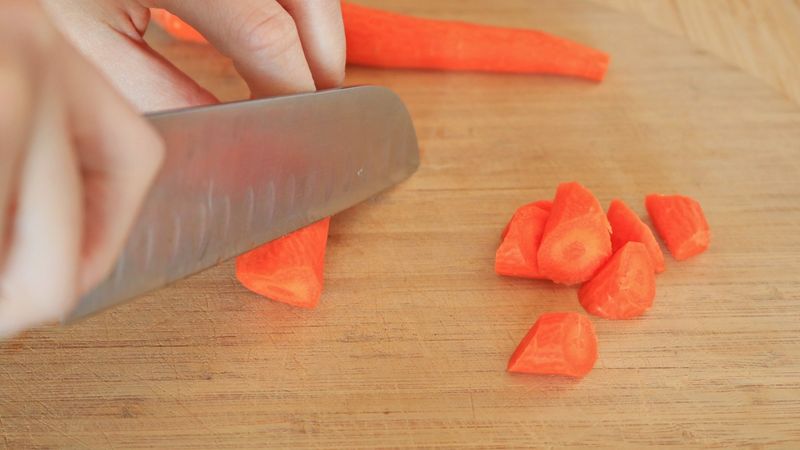
Roll and slice—boom, instant elegance! Oblique cuts combine the diagonal bias with a quarter turn between each cut, creating irregular yet identical pieces.
After each slice, roll the vegetable a quarter turn before making the next cut. This technique creates maximum surface area for quick cooking while maintaining visual interest.
9. Macedoine Dicing

Cubes with attitude! Macedoine produces perfect 1/4-inch squares—larger than brunoise but smaller than standard dice.
Start by cutting your vegetable into planks, then strips, then cubes. These versatile cubes work in soups, salads, and salsas.
10. Paysanne Cutting
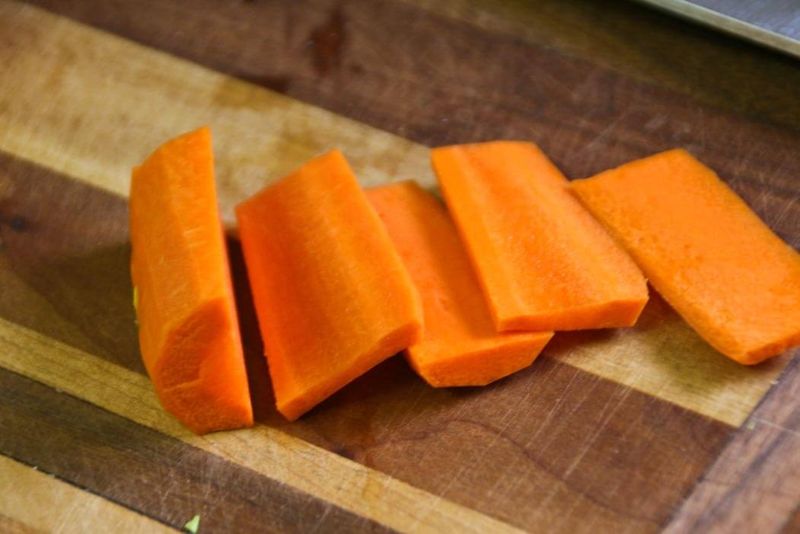
Rustic thin squares with French countryside vibes! Paysanne cuts are thin, flat squares or triangles that cook quickly while maintaining their shape.
Slice your vegetable thinly, then cut into squares or triangles about 1/2 inch across. These thin slices are great for rustic soups and quick-cooking dishes.
11. Supreming Citrus
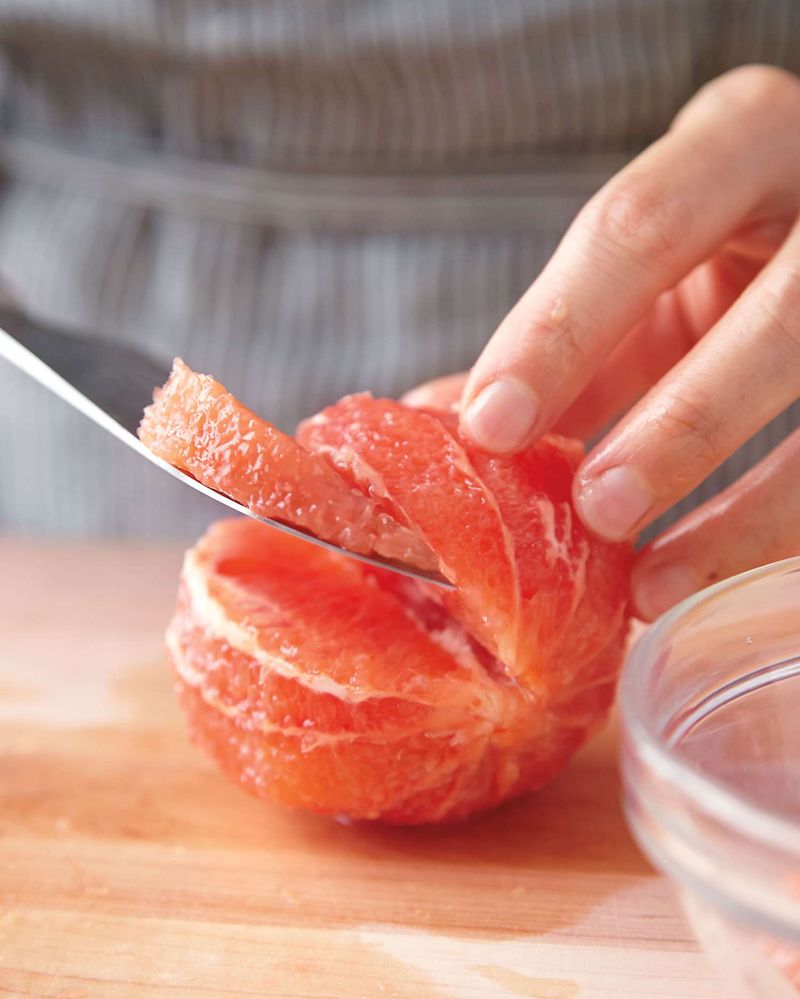
Naked citrus segments never looked so good! Supreming removes all pith and membrane, leaving only juicy, perfect citrus segments.
Slice off the top and bottom of your citrus, then carve away the peel following the fruit’s curve. Cut between membranes to free each segment.
12. Lozenge Cutting
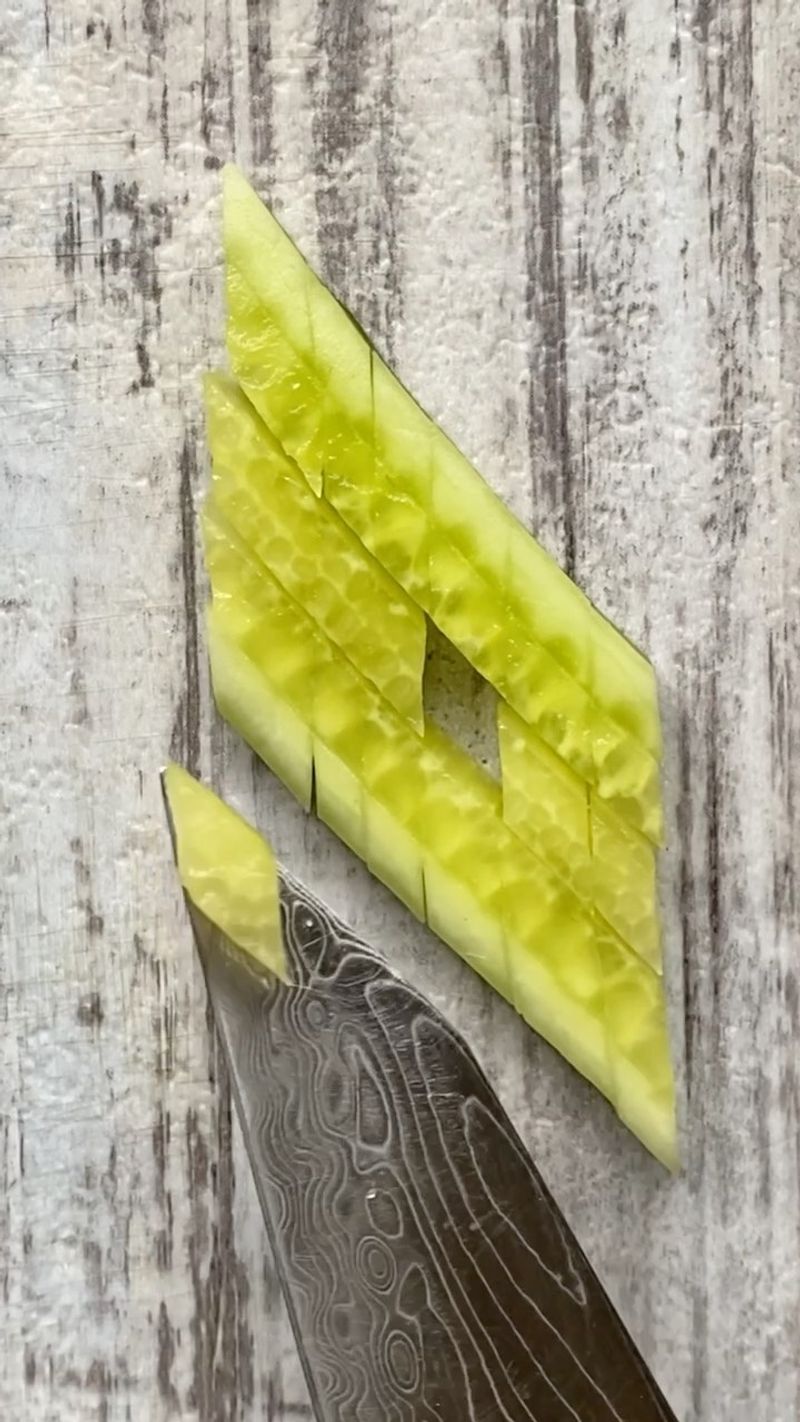
Diamond-shaped veggie bling for your plate! Lozenge cuts create eye-catching diamond shapes that elevate ordinary vegetables to showstoppers.
Make diagonal cuts, then rotate the vegetable 90 degrees and cut diagonally again. These fancy-looking cuts work brilliantly in stir-fries and garnishes.
13. Chop Vs. Mince Technique
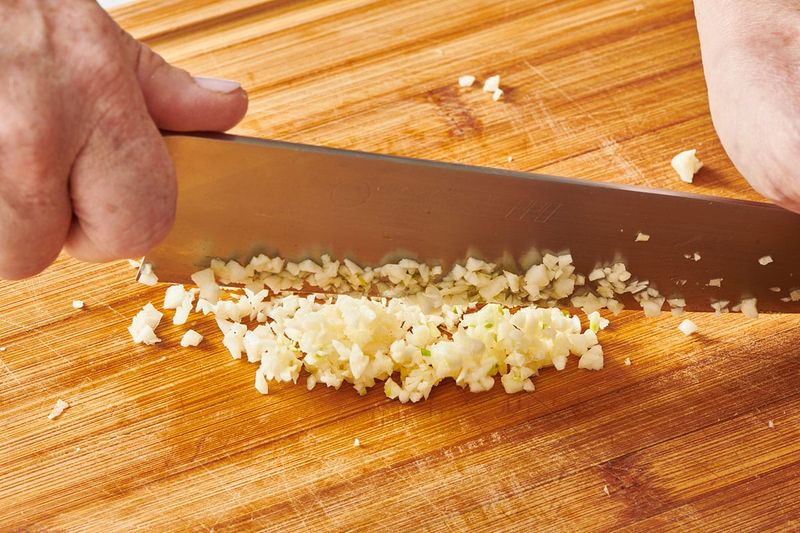
Size matters in the kitchen! Chopping creates pieces about 1/4 inch, while mincing produces tiny 1/8 inch pieces or smaller.
For mincing, grip the knife handle with one hand while the other rests on the blade tip. Rock the knife in an arc motion. Proper mincing releases maximum flavor.
14. Hasselback Precision Cutting
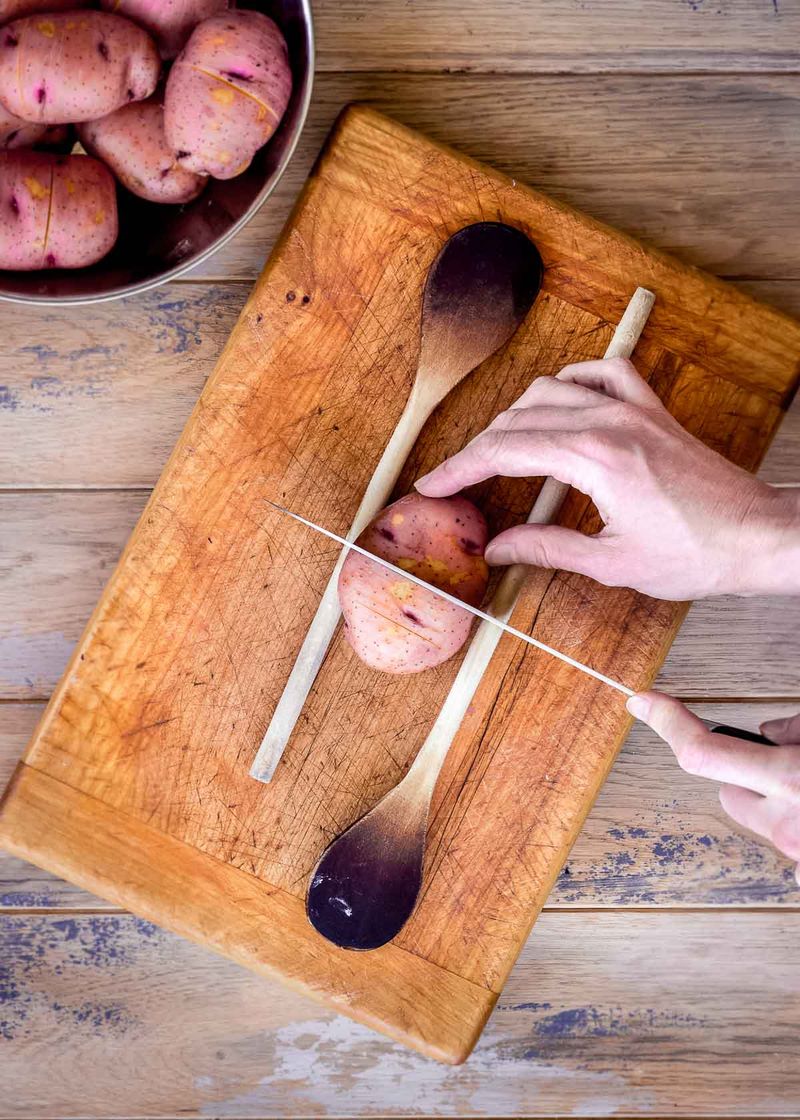
Fancy accordion-style cuts that make vegetables and proteins pop! The Hasselback technique involves making thin, parallel cuts almost—but not completely—through your food.
Place chopsticks alongside your potato or vegetable to prevent cutting all the way through. This Swedish technique increases surface area for crispiness while creating pockets for flavors to hide.
15. Planking For Even Slices
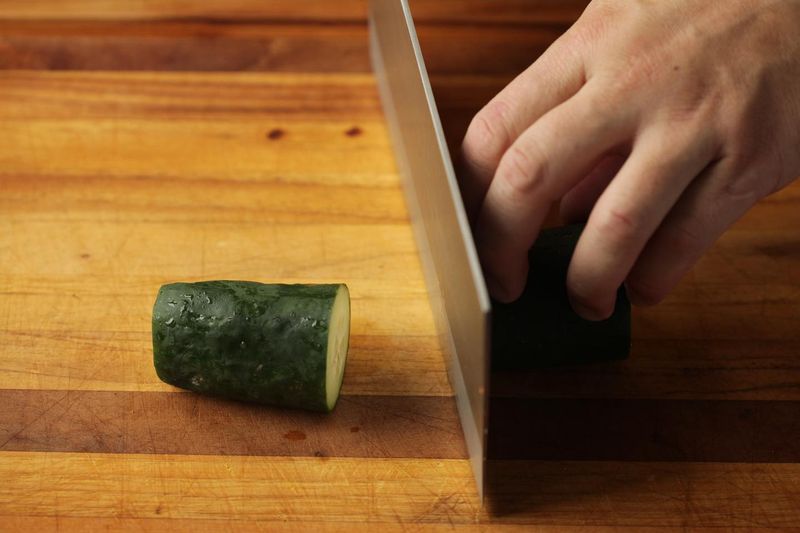
Flat surfaces = control! Planking creates a stable base for further cutting by first removing a thin slice from rounded vegetables.
This simple technique prevents wobbly, dangerous cutting. After creating your flat side, place it down on the cutting board. Now you can slice with confidence and precision.

